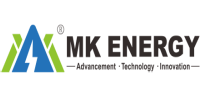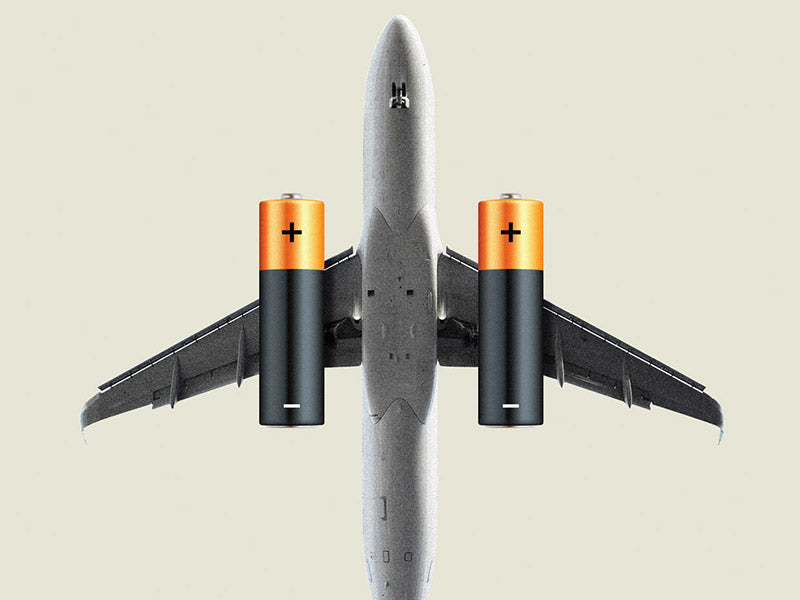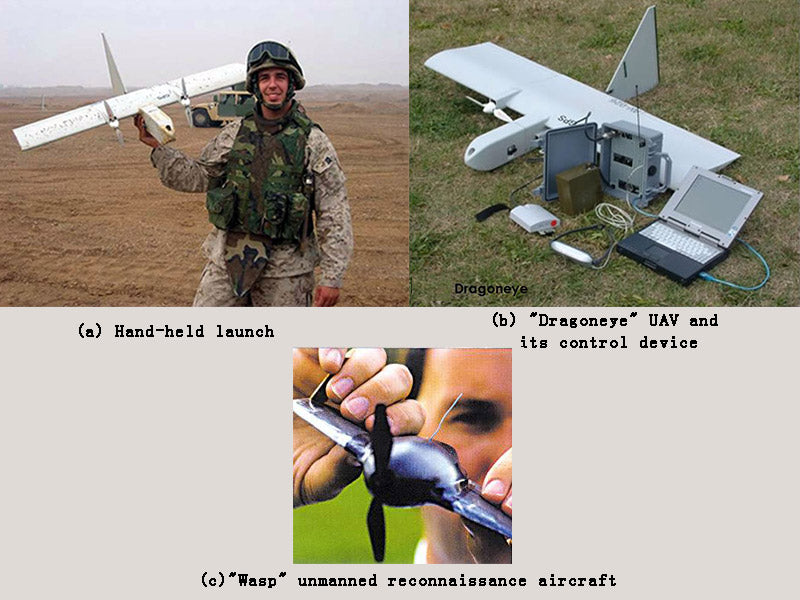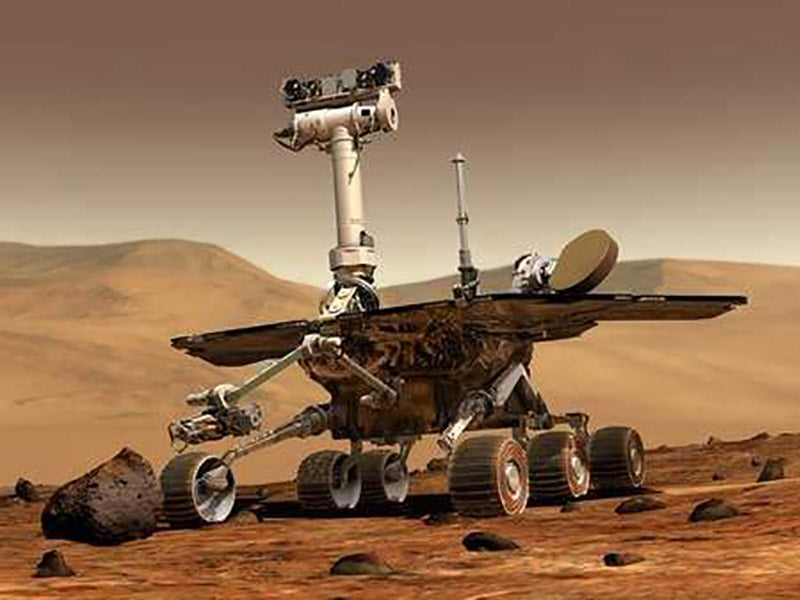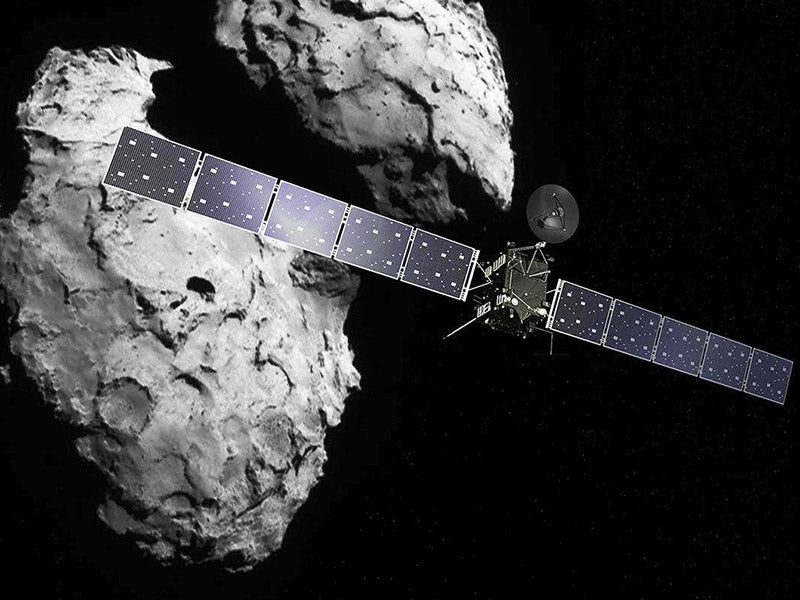Currently, the world is undergoing a green revolution in the field of transportation. The wave of electrification of new energy vehicles is in the ascendant, and the electrification of special fields is also sweeping. Internationally, the application of lithium-ion batteries in the field of space power has entered the engineering application stage. At present, more than a dozen spacecraft have used lithium-ion batteries as energy storage power sources.
Lithium-ion batteries have many advantages such as high energy density, high safety, long cycle life, high charge and discharge rates, wide operating temperature range, and low environmental pollution. They have strong advantages over other batteries and will be widely used in electric special fields in the future. application.
In the field of deep space exploration, because spacecraft have to fly long distances, lithium-ion batteries have particularly outstanding advantages of high specific energy and low self-discharge. In the deep space exploration plans carried out in recent years, lithium-ion batteries have been used as Energy storage power supply. For example: SMART-1 lunar probe and Mars Express launched by the European Space Agency (ESA), Spirit and Opportunity Mars probes launched by NASA, etc. China’s second phase of lunar exploration also plans to use lithium-ion batteries as energy storage power sources for landers and lunar rovers.
Since the specific energy of lithium-ion batteries is as high as 125wh/kg, which is much higher than the 60wh/kg specific energy of currently used nickel-hydrogen batteries, for a high-orbit satellite with a power of 20kw, a lithium-ion battery pack is used instead of a nickel-hydrogen battery pack. The weight of the battery pack can be saved by more than 300kg.
Lithium-ion batteries have been around for more than 30 years. Many national-level high-precision projects such as special technology, rail transit, and aerospace specialties use lithium-ion batteries, which shows that lithium-ion battery technology has been very mature and perfect. Lithium-ion batteries represent the development direction of spacecraft energy storage equipment and are the third generation energy storage device for spacecraft. It has the advantages of light weight, small size, no memory effect, and wide adaptability to temperature. It is an alternative to the currently mainstream nickel-cadmium and nickel-hydrogen batteries. The energy-to-weight ratio of lithium-ion batteries for aerospace is 90 to 110Wh/kg, which is related to the indicator of nickel-hydrogen batteries of 45 to 60Wh/kg, and has obvious advantages.
As a new energy source, lithium-ion batteries have begun to enter aerospace power products and gradually replaced cadmium-nickel batteries. In order to adapt to the usage characteristics of lithium-ion batteries, a new lithium-ion battery management and control system is the key to ensuring the normal operation of lithium-ion batteries. At present, lithium-ion batteries are used as energy storage power sources, including the International Space Station’s reserve energy system and astronauts’ extravehicular activity devices. Regarding manned spaceflight, NASA’s priority is safety, how to prevent lithium-ion batteries from thermal runaway and inhibit The spread of thermal runaway between batteries and ensuring the safety of astronauts is a priority issue for NASA.
Special aerospace, ships and other fields have also put forward higher energy density and power density requirements for lithium-ion batteries. MK has been committed to research on improving the performance of lithium-ion batteries. If you are interested in our products, please contact us.
